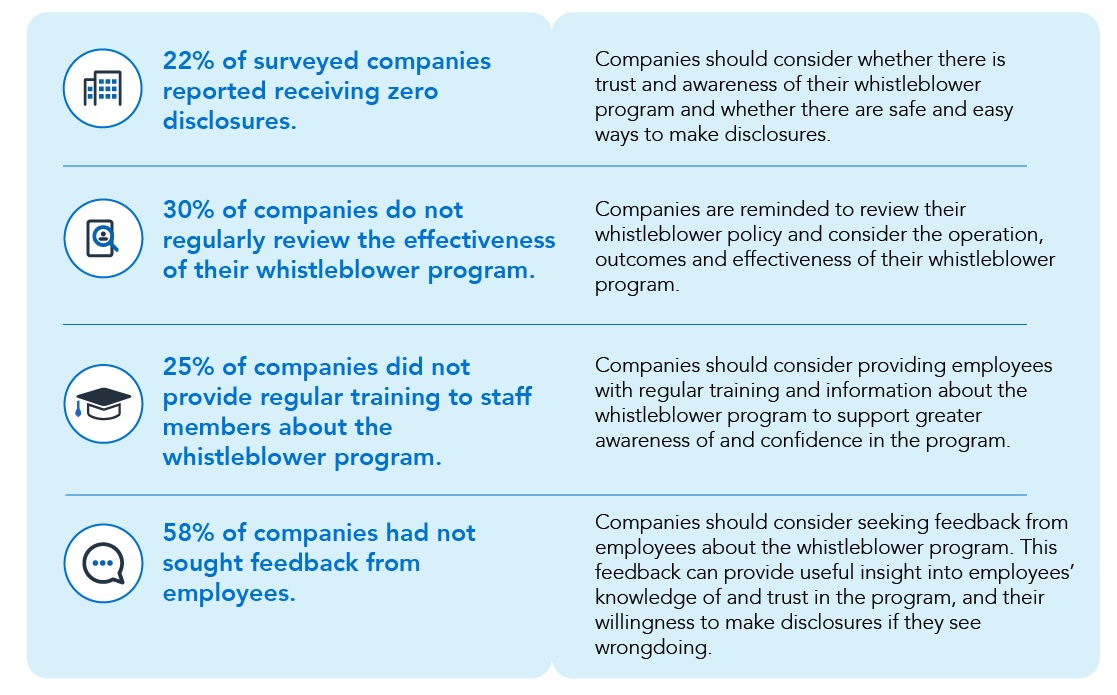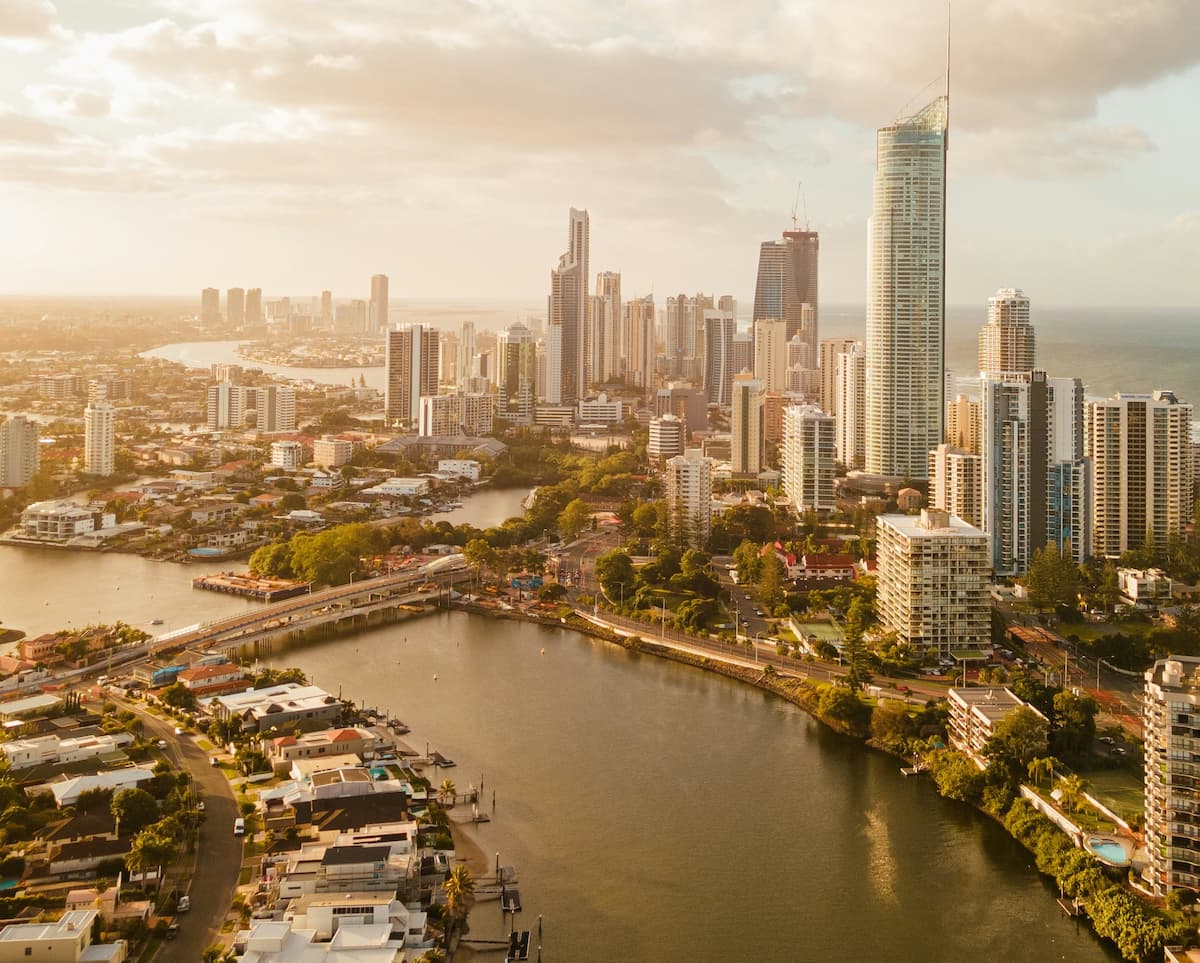Poor Physical Environment
Hazardous workplaces cause harm. Discover how to manage poor physical environment risks with Foremind.

Poor environmental conditions can include exposure to extreme temperatures, noise, vibration, dust, fumes, and other hazardous substances.
Staff who work in environments that where they are exposed to hazardous materials, machinery, or hazardous equipment are at risk of physical harm and psychological harm.
Staff who do not have appropriate amenities or physical environment suitable to do their job are at risk In combination with other factors such as remote or isolated work and poor support this can be considered a workplace hazard.
These conditions can have a negative impact on workers’ physical and mental health, and can increase the risk of accidents and injuries.
Let’s Look at an Example
Stef is a new apprentice in her first year as a plumber. Since she has started she has found the culture to be very male dominated and other staff treat her poorly or ignore her. The most difficult thing for Stef is the lack of appropriate toilet facilities onsite, the other staff are happy to use a porter potty with no door, but Stef is not comfortable doing this.
She has brought it up with management but they have told her she can use the McDonalds down the road, which adds time to her days so she is unable to get her tasks completed in the day. Stef experiences increasing anxiety with every shift.
Risk Factors For Poor Environmental Conditions
The risk of developing health problems due to poor environmental conditions is increased by:
- The severity of the exposure
- The duration of the exposure
- The individual’s susceptibility
Impact
Poor environmental conditions can have a significant impact on workers’ health and well-being. They can lead to:
- Increased stress and anxiety
- Decreased productivity
- Increased absenteeism
- Increased accidents and injuries
- Long-term health problems, such as respiratory disease, cancer, and hearing loss
Control measures
There are a number of control measures that can be used to reduce the risk of poor environmental conditions. These include:
- Engineering controls, such as ventilation systems and noise barriers
- Administrative controls, such as work-rest schedules and personal protective equipment
- Personal protective equipment, such as respirators and earmuffs
Poor environmental conditions are a significant hazard in the workplace. By identifying and controlling these hazards at work, employers can help to protect their workers’ health and well-being.
Recommendations
- Conduct a workplace risk assessment to identify and assess the risks of poor environmental conditions.
- Implement control measures to reduce the risk of poor environmental conditions.
- Monitor the effectiveness of control measures and make adjustments as needed.
- Provide training to workers on the risks of poor environmental conditions and how to protect themselves.

Hello 👋 I’m Joel the founder of Foremind.
Are you ready for simplified support & compliance?
Latest insights
Answers to the frequently asked questions.
Still have questions?
Email us at enquiries@foremind.com.au and we'll get back to you quickly with a response
Yes, we have culturally competent counsellors available, including those able to work with first nation and CALD employees.
Onshore on secure AWS Servers in Sydney Australia. All data is encrypted in transit and at rest and our entire team is located in Australia.
Employees can access our platform on any device (mobile, laptop, desktop, etc.) as long you have the website link - no need to download any app on devices. You wouldn’t need to enrol any of your staff individually.- When we do our onboarding, we ask for the first name, last name and email of all your employees, and send out an email invite to all them which will allow them to create their own individual account to access the platform. For new staff we can also invite them or provide you with a unique link to embed in your onboarding process, whichever is more convenient for you. We also kick things off with a launch webinar or video to make sure everyone is aware of Foremind and how to use it. We’ll also provide you with any collateral such as posters, QR codes, brochures etc. to help drive awareness and encourage people to create an account in the platform.
The support line is answered by our reception service 24/7. It is for urgent platform or session-related issues only (e.g. *“My counsellor didn’t show”*) or helping staff create an account.






